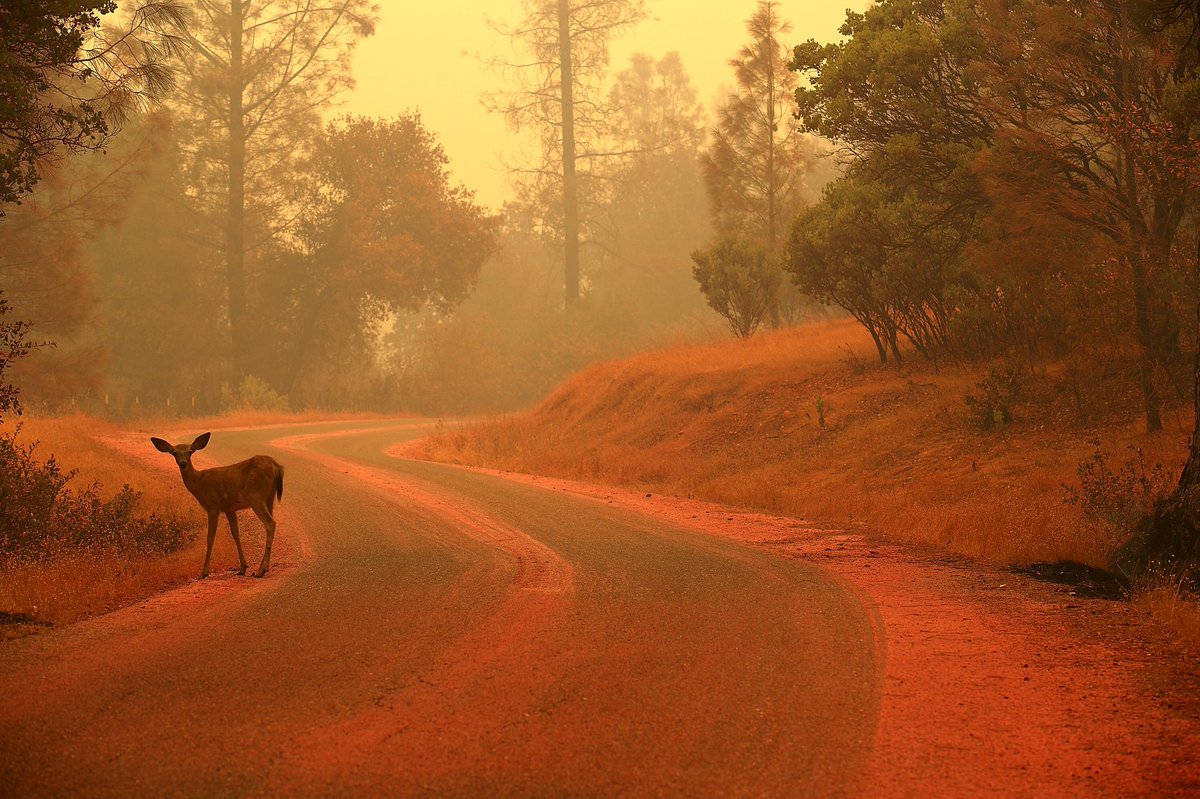
Day
three of the #carrfire - #firefighters are working hard to contain the
out of control blaze that has consumed over 80,000 acres, destroyed over
500 structures and stands at 5% containment. 5 deaths have been
confirmed including 2 firefighters #redding: image via Justin Sullivan @sullyfoto, 28 July 2018

Smoke and haze from #carrfire cause a strange color cast and the withered trees help form such a desolate landscape: image via Marcus Yam @yamphoto, 28 July 2018
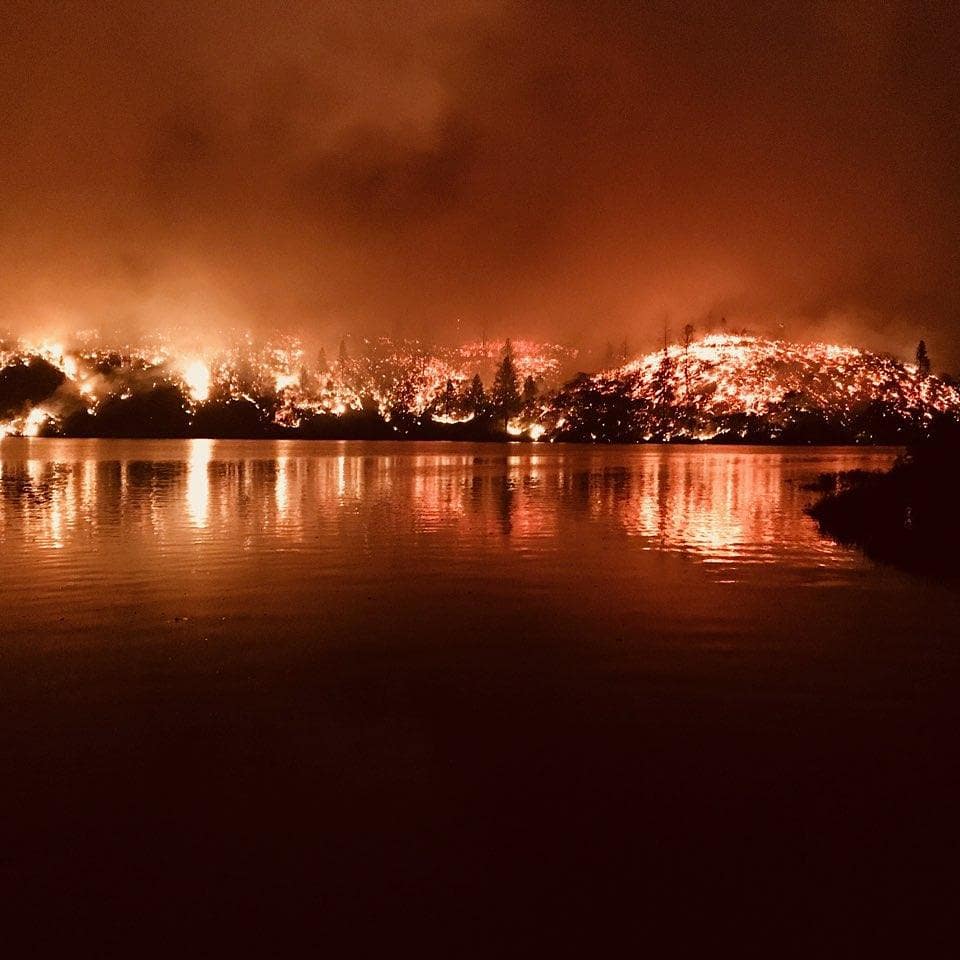
#CarrFire [update] off Hwy 299 and Carr Powerhouse Rd, Whiskeytown (Shasta
County) is now 48,312 acres and 5% contained. NEW MANDATORY EVACUATION
ORDERS IN PLACE. Unified Command: @CALFIRESHU and Whiskeytown National Park.: image via CAL FIREVerifiedaccount@CAL_FIRE, 27 July 2018
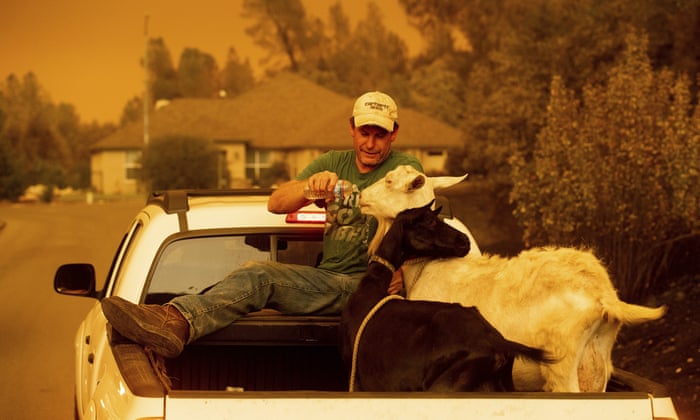
Mark Peterson, who lost his home in the Carr Fire, gives water to goats that survived the blaze.: photo by Noah Berger/AP 27 July 2018
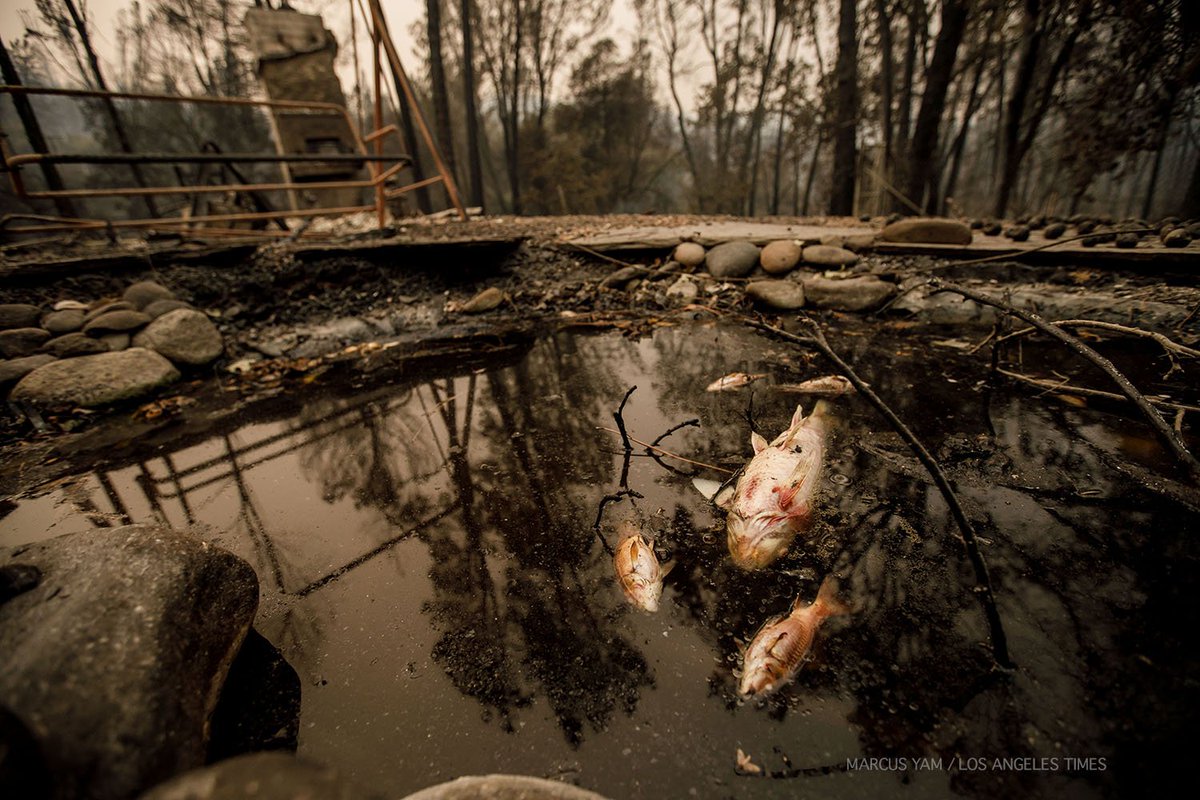
Update: 5 dead, including 2 children, as #CarrFire continues to burn: image via Marcus Yam @yamphoto, 28 July 2018
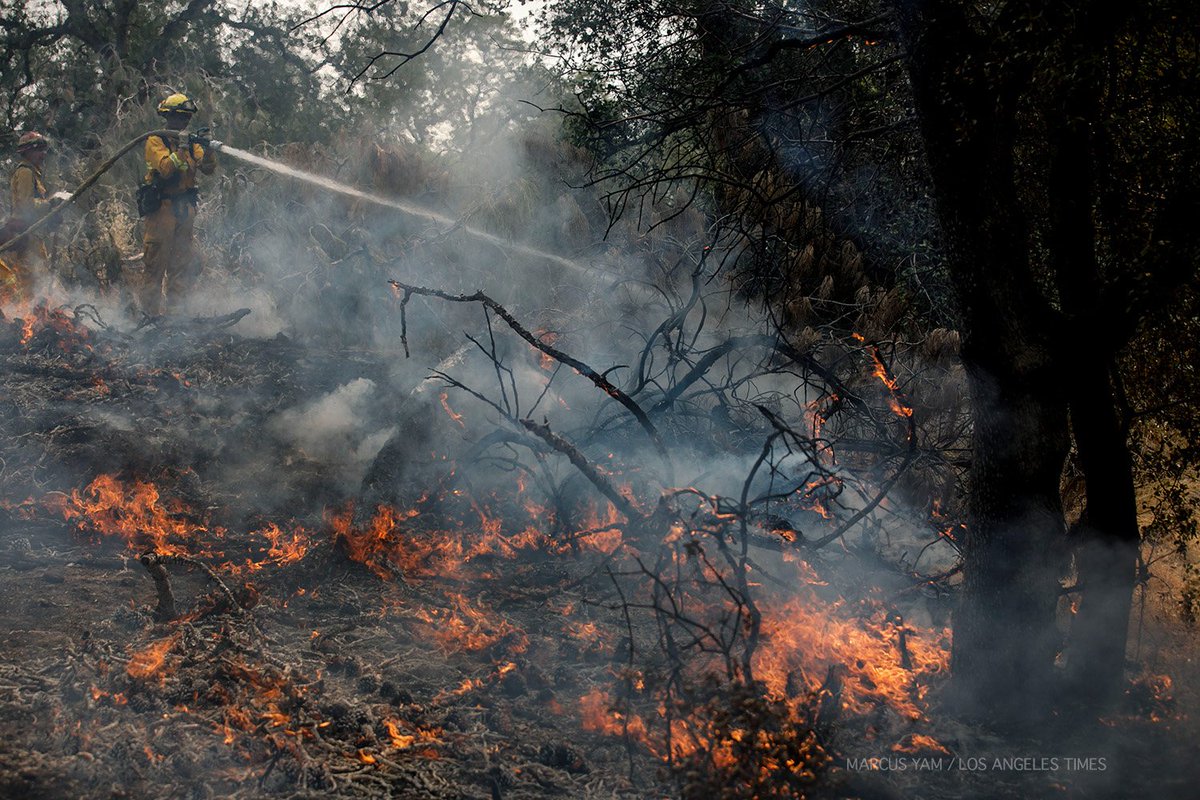
Update: 5 dead, including 2 children, as #CarrFire continues to burn: image via Marcus Yam @yamphoto, 28 July 2018
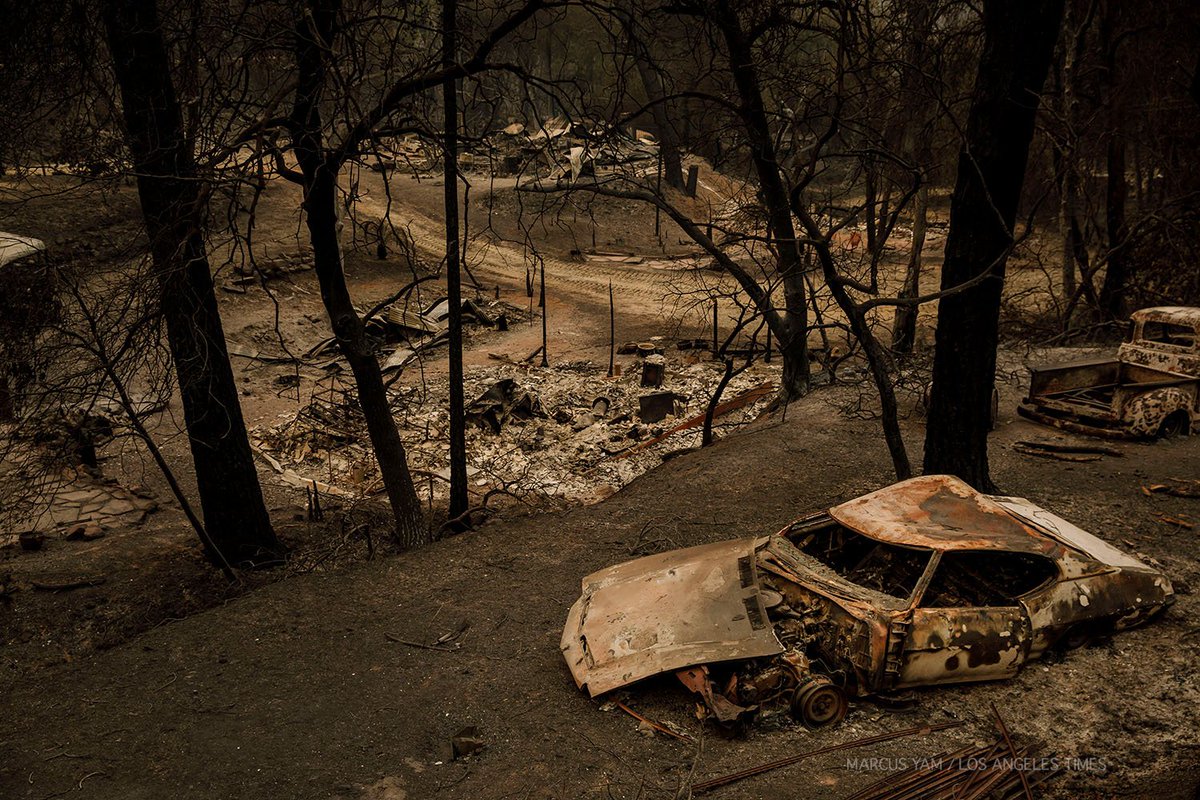
Update: 5 dead, including 2 children, as #CarrFire continues to burn: image via Marcus Yam @yamphoto, 28 July 2018
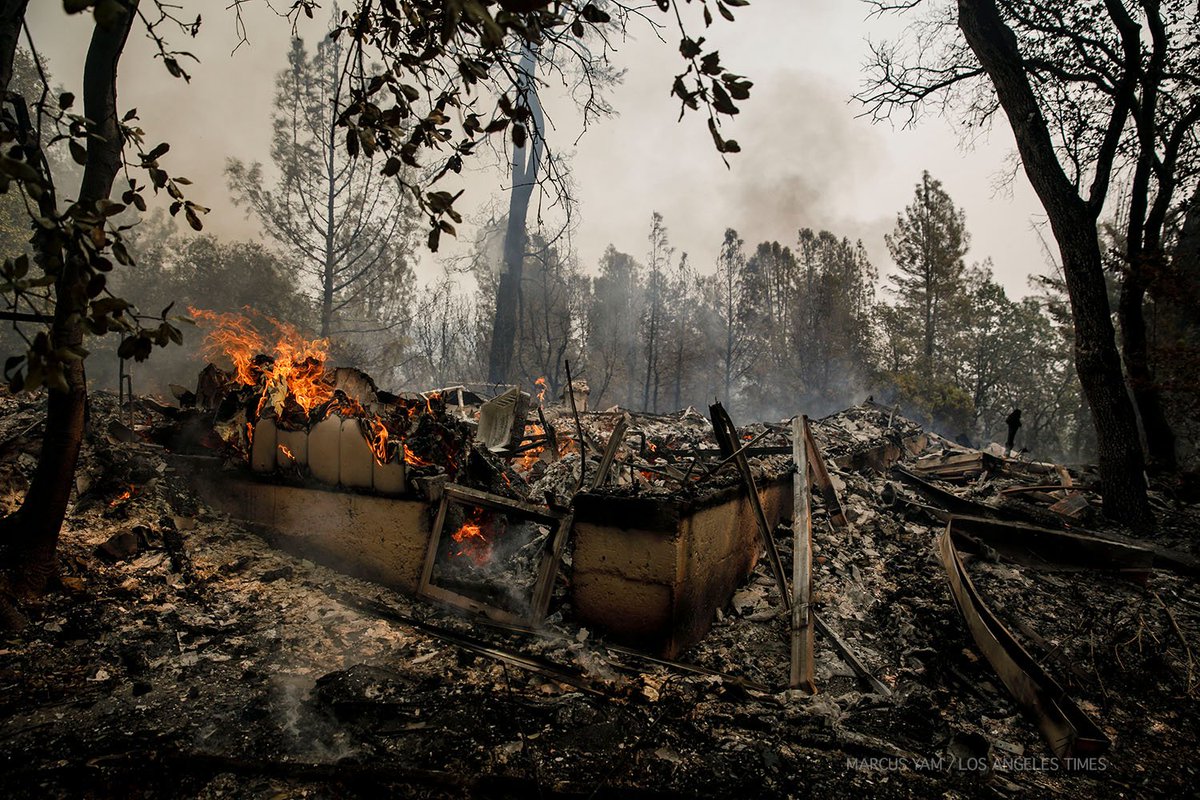
Update: 5 dead, including 2 children, as #CarrFire continues to burn: image via Marcus Yam @yamphoto, 28 July 2018
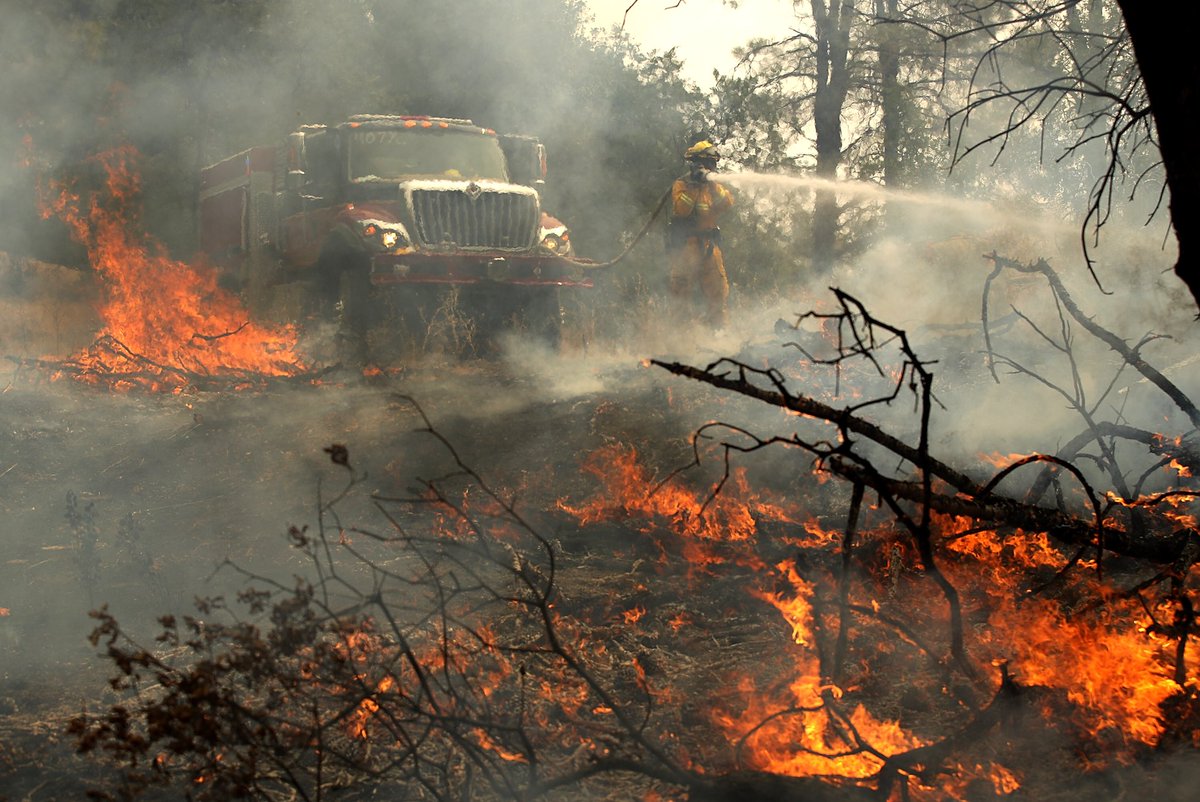
Day three of the #carrfire - #firefighters are working hard to contain the out of control blaze that has consumed over 80,000 acres, destroyed over 500 structures and stands at 5% containment. 5 deaths have been confirmed including 2 firefighters #redding: image via Justin Sullivan @sullyfoto, 28 July 2018
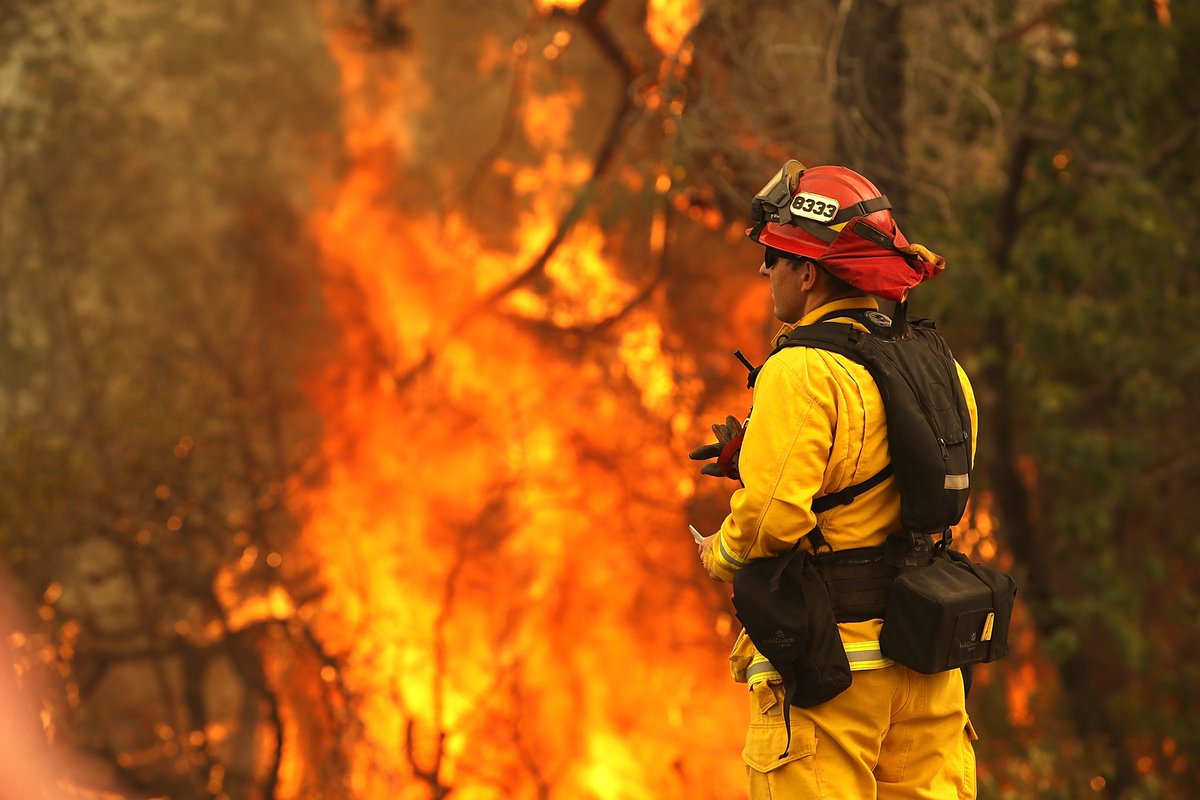
Day
three of the #carrfire - #firefighters are working hard to contain the
out of control blaze that has consumed over 80,000 acres, destroyed over
500 structures and stands at 5% containment. 5 deaths have been
confirmed including 2 firefighters #redding: image via Justin Sullivan @sullyfoto, 28 July 2018
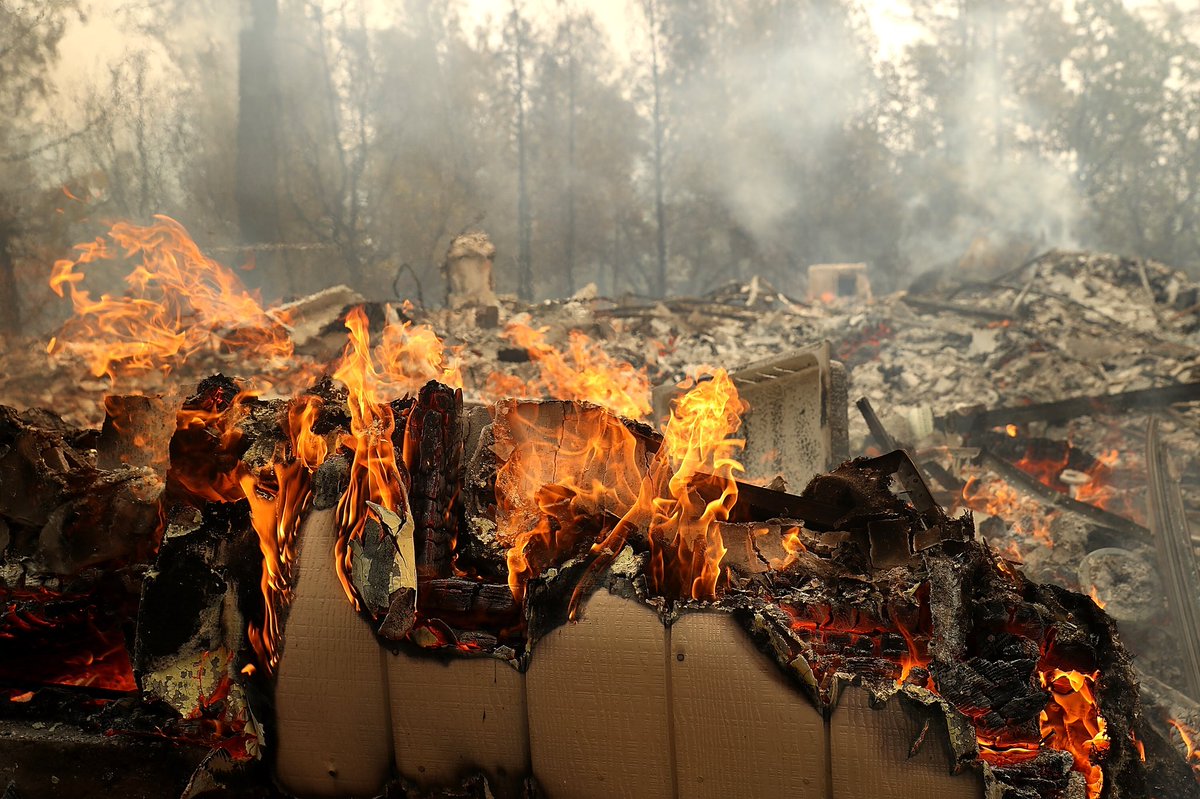
Day
three of the #carrfire - #firefighters are working hard to contain the
out of control blaze that has consumed over 80,000 acres, destroyed over
500 structures and stands at 5% containment. 5 deaths have been
confirmed including 2 firefighters #redding: image via Justin Sullivan @sullyfoto, 28 July 2018
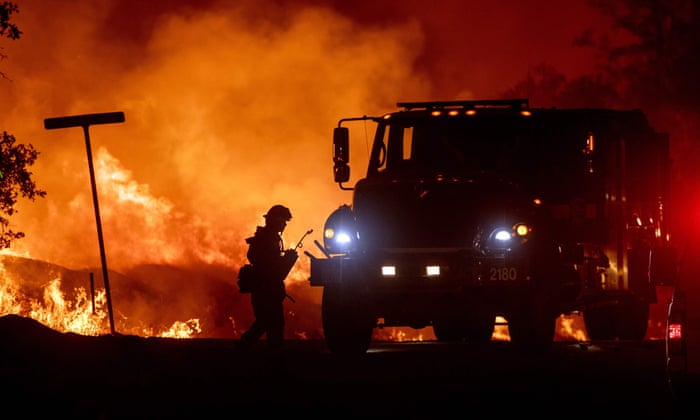
A firefighter lights backfires during the Carr fire in Redding, California.: photo by Josh Edelson/AFP/Getty Images, 27 July 2018
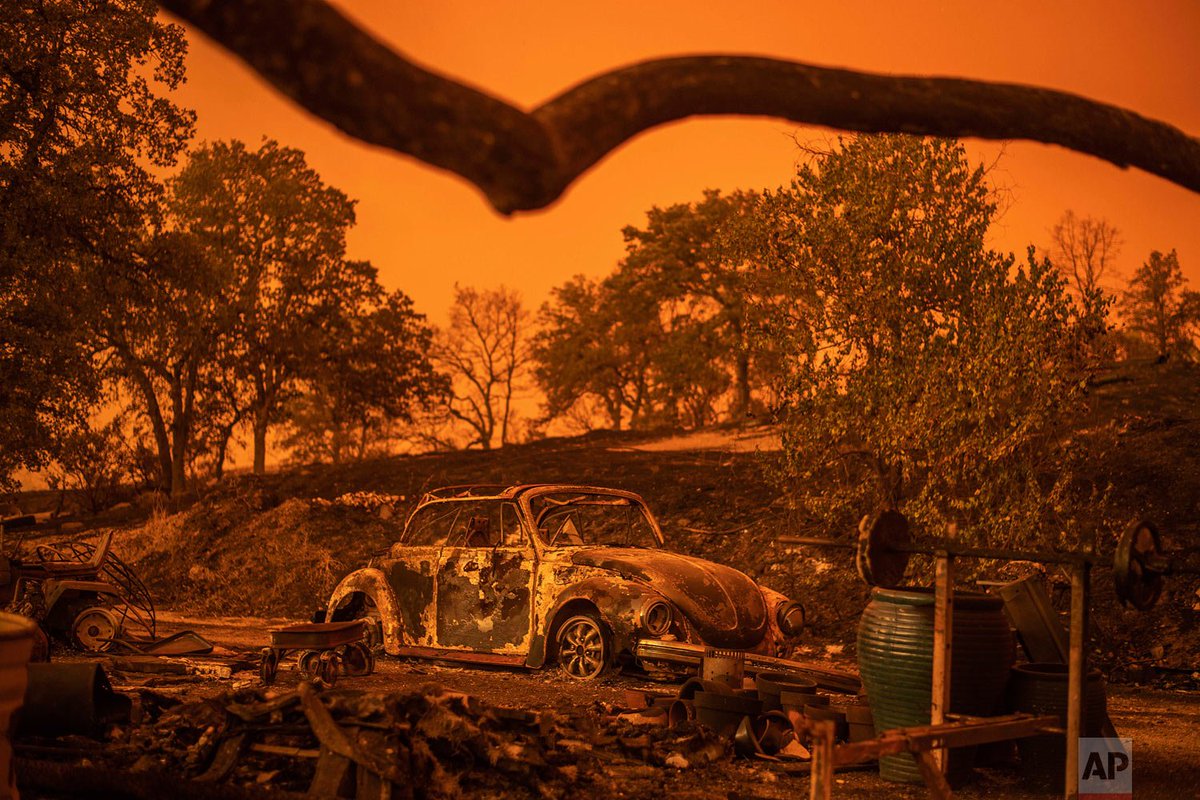
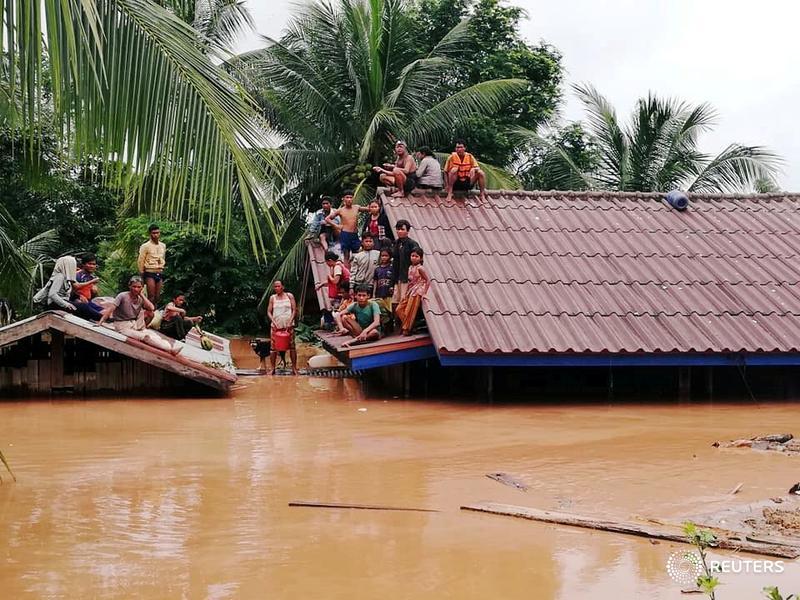
Villagers evacuate after a hydropower dam collapsed in Laos: image via Reuters Pictures@reuterspictures, 27 July 2018
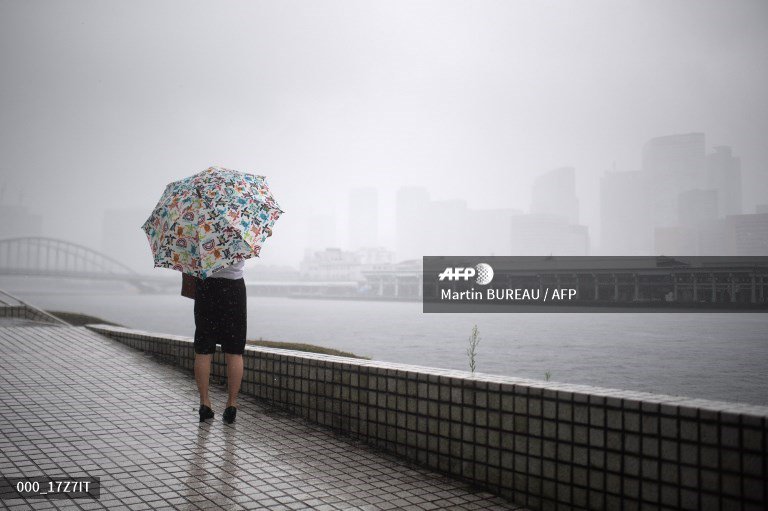
#Japan Disaster-hit Japan braces for powerful typhoon Photo @MartinBureau1 #AFP: image via AFP Photo @AFPphoto, 28 July 2018
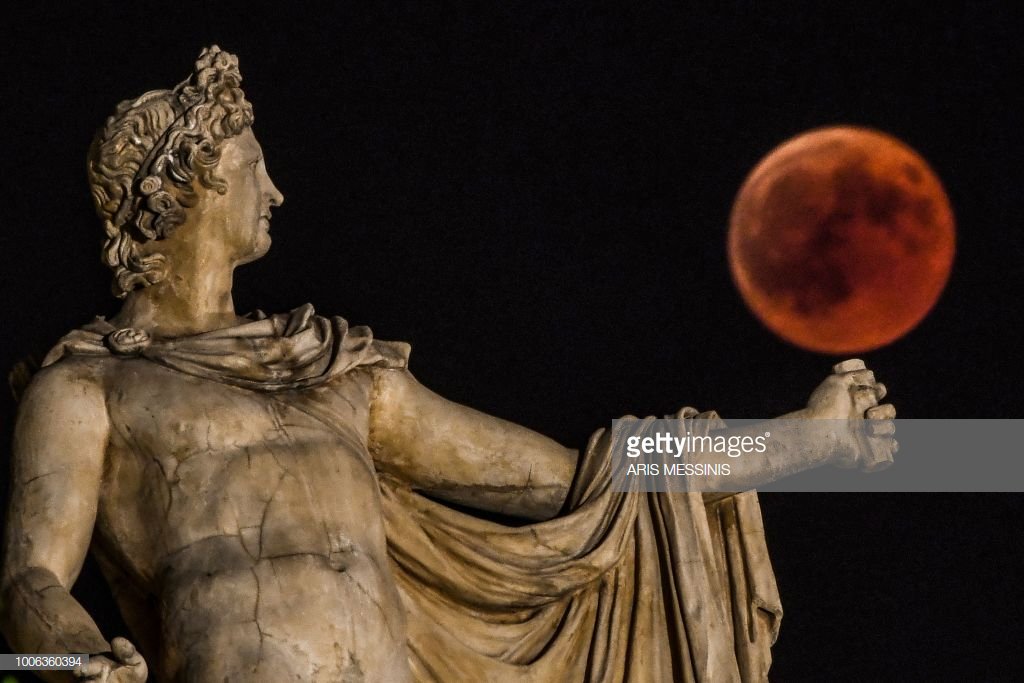
#BloodMoonEclipse Photo @ArisMessinis: image via Getty Images News @Getty Images News, 27 July 2018

#Japan Disaster-hit Japan braces for powerful typhoon Photo @MartinBureau1 #AFP: image via AFP Photo @AFPphoto, 28 July 2018

#BloodMoonEclipse Photo @ArisMessinis: image via Getty Images News @Getty Images News, 27 July 2018
They


They
They didn't know what to say yesterday
They'll show up for the show
Just don't expect them to say anything
Or not expect everything they don't yet have
To come to them because they're them
Nobody told them they'd ever have to say anything
They secretly think being them is perfect
They secretly think being them is perfect
Although they can't say this
Because they can't say anything
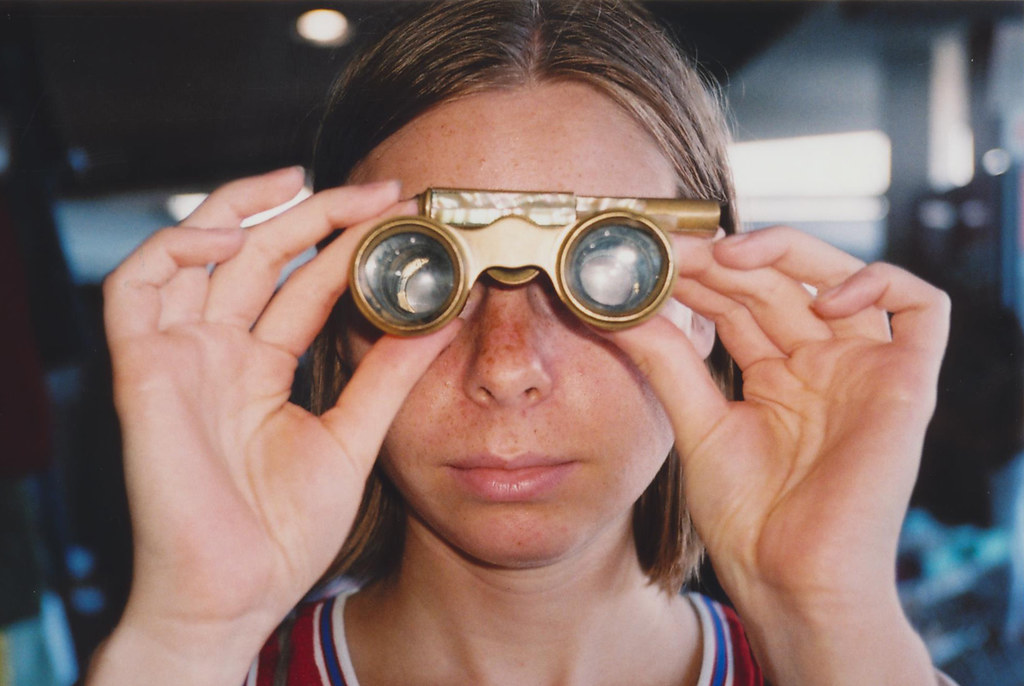


Returning militias, Managua, Nicaragua, 1982: photo by Marcelo Montecino, 26 March 2014
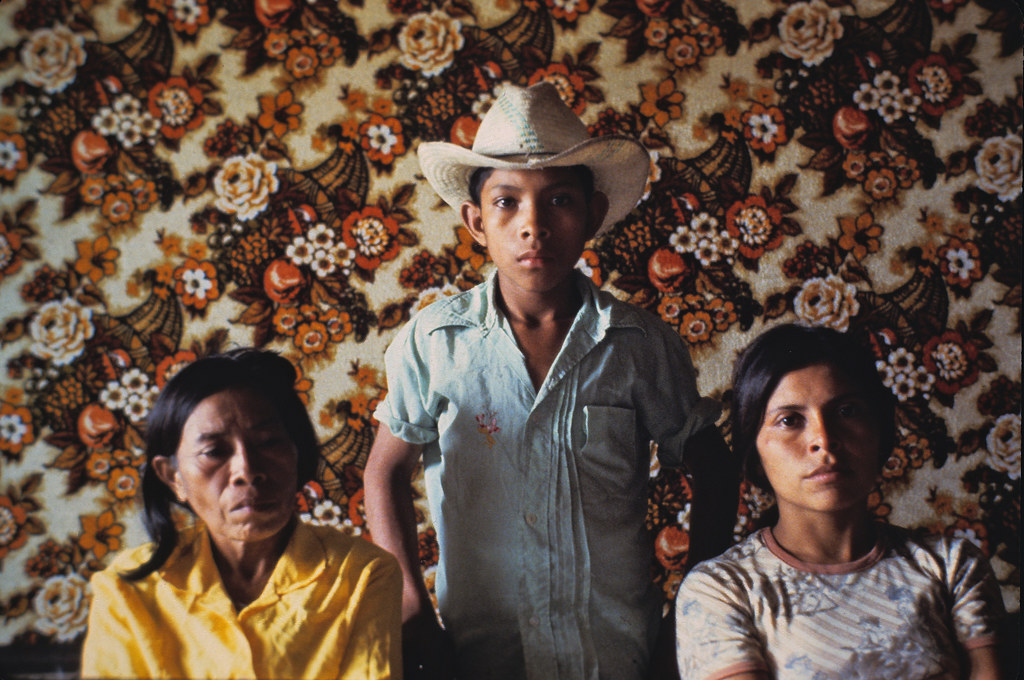
Family of Disappeared, Managua, Nicaragua, 78: photo by Marcelo Montecino, 28 August 2014

Madre, Managua, Nicaragua 78: photo by Marcelo Montecino, 25 October 2014
si mañana los esbirros
entregaran en tus manos
mi cuerpo masacrado
no llores
siente que te da orgullo
que tu distes a la patria
un hijo que no quiso ser esclavo
que prefirio el silencio de los siglos
antes de gemir bajo el latigo del verdugo.
- transcription Jairo Leiva

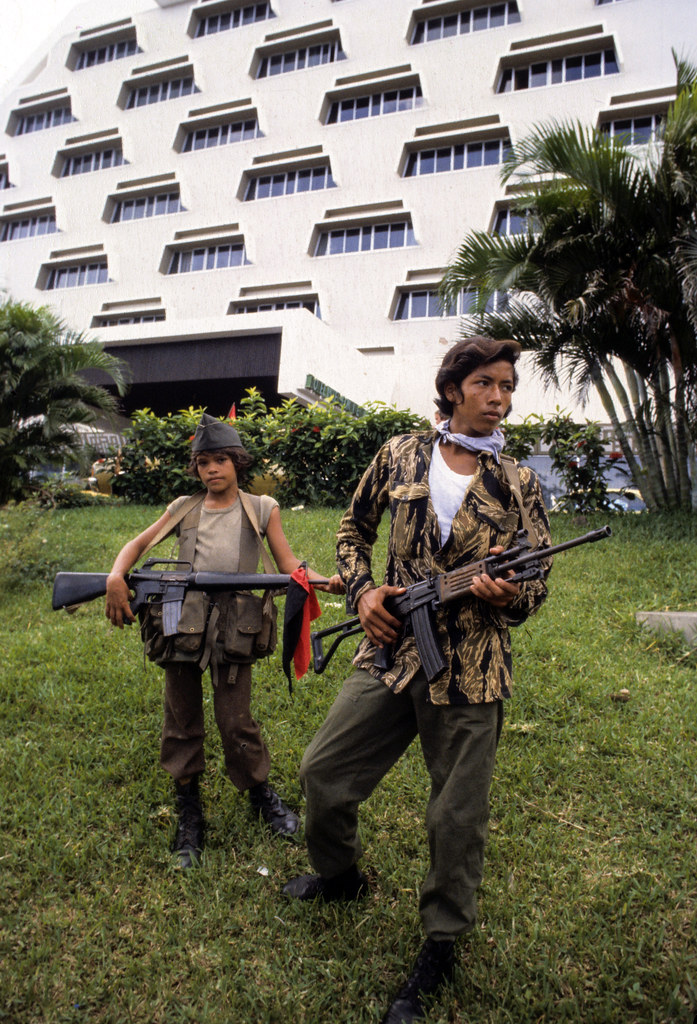
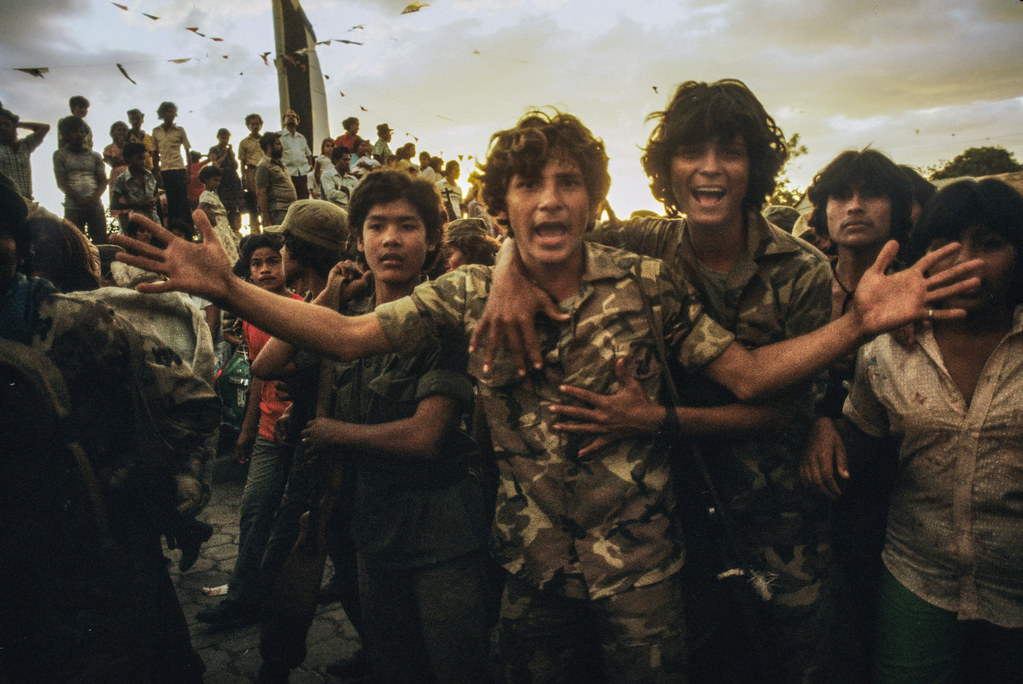
Returning from Fighting Contras, Managua, Nicaragua, 82: photo by Marcelo Montecino, 2 April 2017


Family of Disappeared, Managua, Nicaragua, 78: photo by Marcelo Montecino, 28 August 2014

Madre, Managua, Nicaragua 78: photo by Marcelo Montecino, 25 October 2014
Madre
si mañana madre mia
la muerte me doblara en la trinchera
no llores
la honra de tu vientre
seria mi cadaver
mi sangre se convertira en abono
y mi vida sera un grito
hecho bandera
la muerte me doblara en la trinchera
no llores
la honra de tu vientre
seria mi cadaver
mi sangre se convertira en abono
y mi vida sera un grito
hecho bandera
II
si mañana los esbirros
entregaran en tus manos
mi cuerpo masacrado
no llores
siente que te da orgullo
que tu distes a la patria
un hijo que no quiso ser esclavo
que prefirio el silencio de los siglos
antes de gemir bajo el latigo del verdugo.
-G.P.P
- transcription Jairo Leiva
Este poema fue musicalizado
por el Grupo Pueblo y el grupo Libertad en los años de la Revolución. El
héroe y mártir Leonel Cruz Estrada, caído en 1979 la operación
Astronauta en el km 11 de la carretera a Masaya, compuso este poema
- santiago009



Returning from Fighting Contras, Managua, Nicaragua, 82: photo by Marcelo Montecino, 2 April 2017

Dole Banana Plantation, Nicaragua, 79: photo by Marcelo Montecino, 4 December 2013
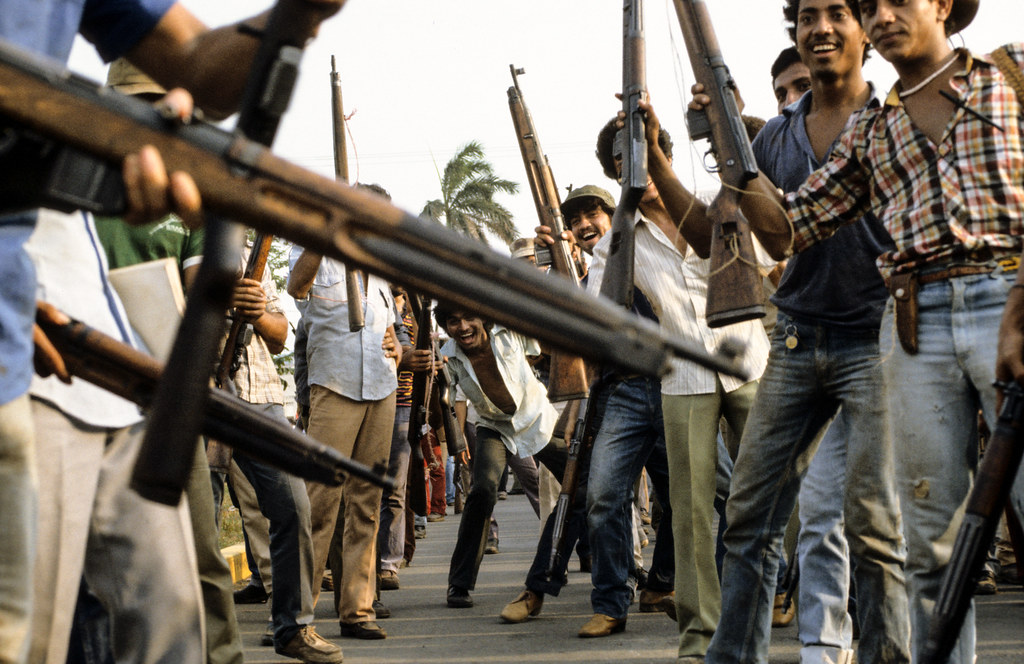
Militias, Managua, Nica 83: photo by Marcelo Montecino, 3 March 2017
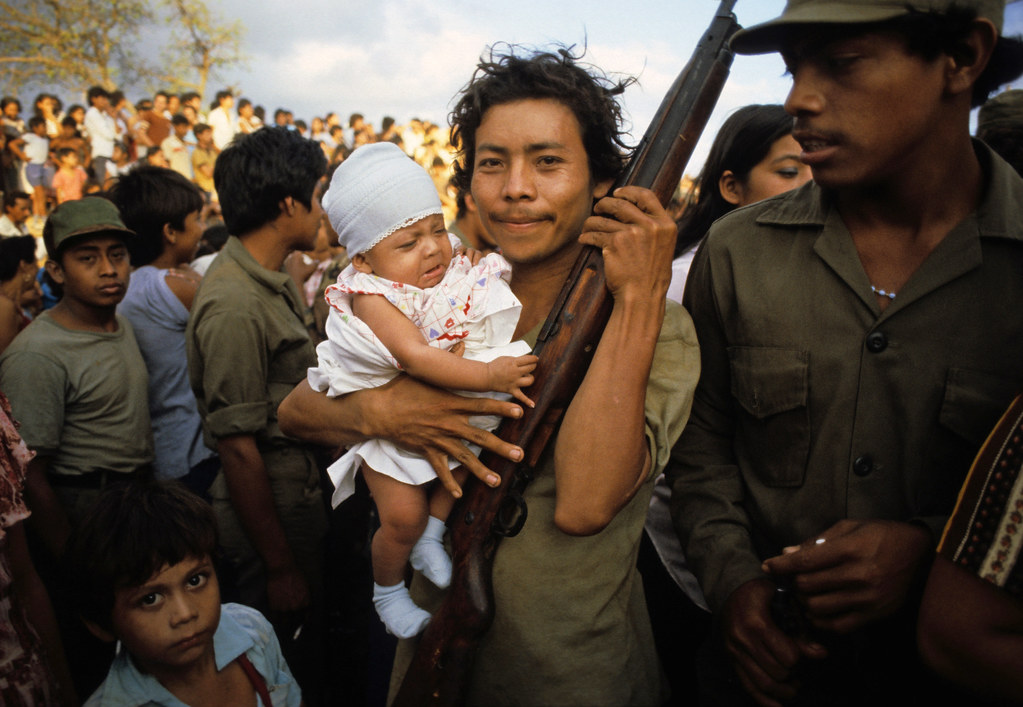
Return from the Front, Managua, Nicaragua, 1982: photo by Marcelo Montecino, 4 August 2013

Somoza Forever, Leon, Nicaragua, 1984: photo by Marcelo Montecino, 12 July 2016

Poneloya, Nicaragua, 75 | The wall reads: "There's no one to vote for.": photo by Marcelo Montecino, 3 December 2014

Morning in Masaya, Nicaragua: photo by Marcelo Montecino, 28 August 2014
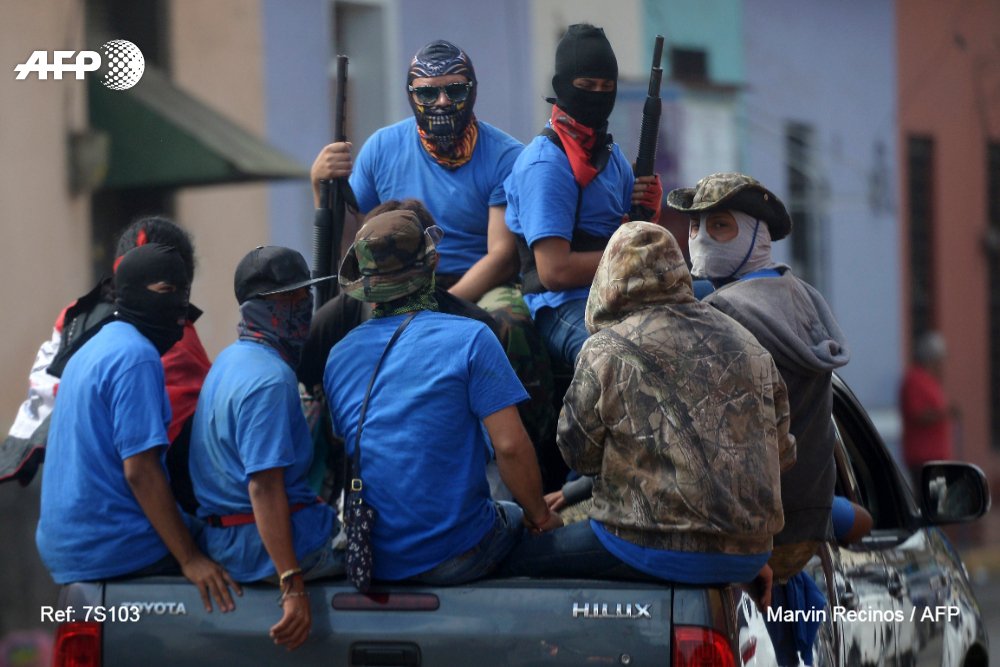
EEUU podría considerar sanciones económicas a Nicaragua, dice su secretario del Tesoro, Steven Mnuchin. #AFP: image via Agence France-Presse @AFPespanol, 21 July 2018
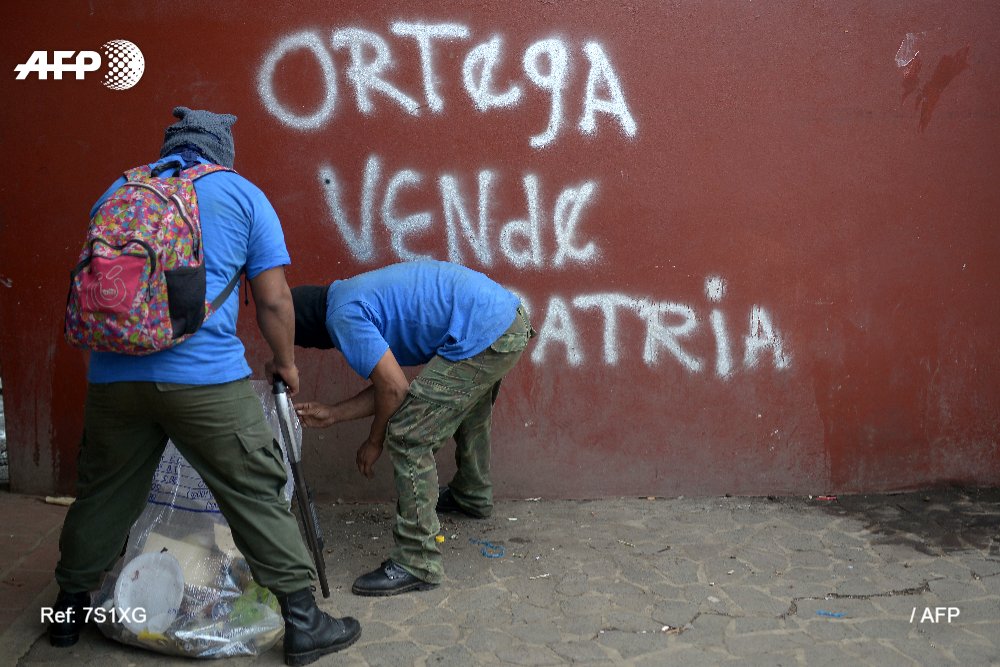
Nicaragua-Venezuela: 5 ressemblances et différences de la crise Photo @AFPphoto #AFP: image via Tupac Pointu @tpointu, 20 July 2018

Nicaragua-Venezuela: 5 ressemblances et différences de la crise Photo @AFPphoto #AFP: image via Tupac Pointu @tpointu, 20 July 2018
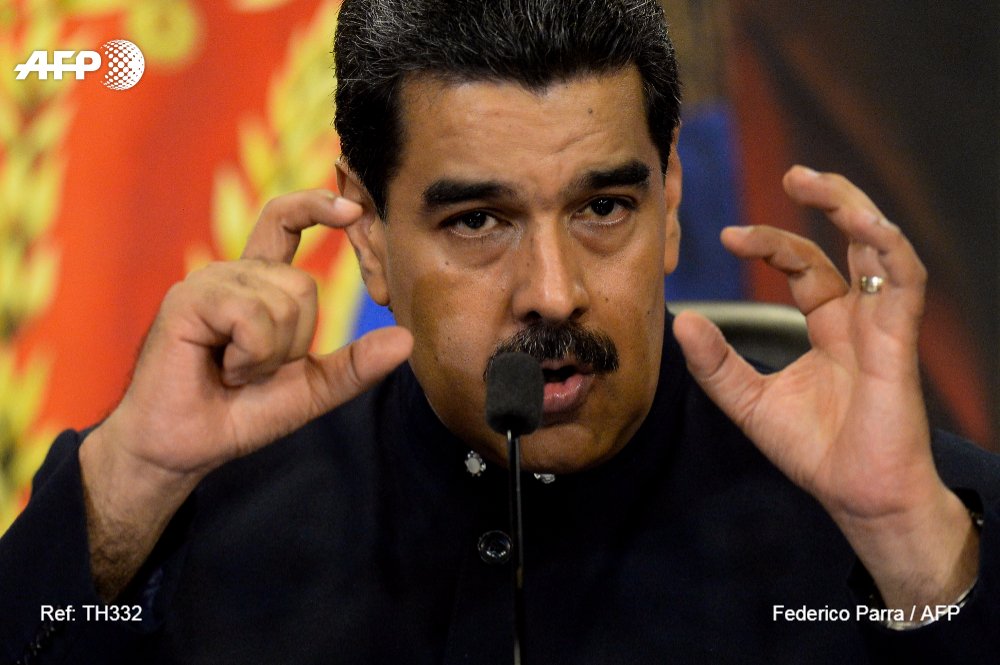
Nicaragua-Venezuela: 5 ressemblances et différences de la crise Photo @AFPphoto #AFP: image via Tupac Pointu @tpointu, 20 July 2018
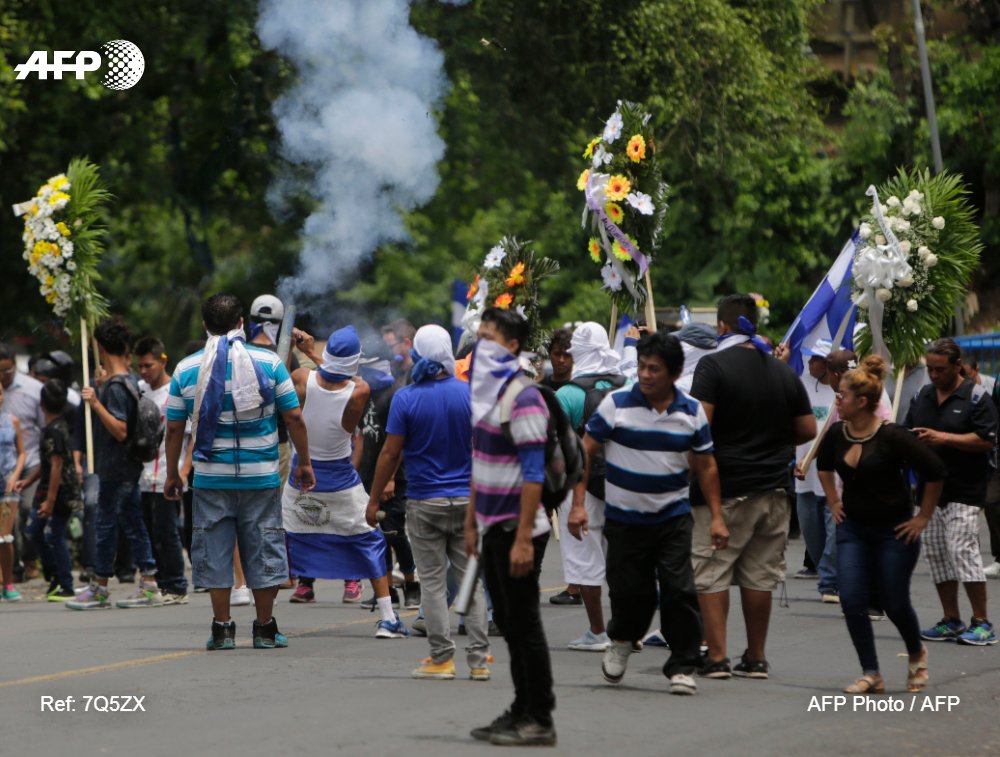
Gobierno de Nicaragua controla feudo opositor tras operativo que dejó dos muertos #AFP: image via Agence France-Presse @AFPespanol, 21 July 2018
Managua -- When I was asked to go to Nicaragua, I didn’t hesitate for a second. I wanted to cover the critical situation that was happening there since April and not just read about it – or, more accurately, suffer – from the close-but-not-so-close vantage point of Venezuela. It was a situation that was “worse than the war” the country went through in the 1980s, according to residents.

Nicaragua-Venezuela: 5 ressemblances et différences de la crise Photo @AFPphoto #AFP: image via Tupac Pointu @tpointu, 20 July 2018

Nicaragua-Venezuela: 5 ressemblances et différences de la crise Photo @AFPphoto #AFP: image via Tupac Pointu @tpointu, 20 July 2018

Nicaragua-Venezuela: 5 ressemblances et différences de la crise Photo @AFPphoto #AFP: image via Tupac Pointu @tpointu, 20 July 2018

Gobierno de Nicaragua controla feudo opositor tras operativo que dejó dos muertos #AFP: image via Agence France-Presse @AFPespanol, 21 July 2018
Nicaragua: Worse than the war: Maria Isabel Sanchez, AFP Correspondent, Friday 27 July 2018
Managua -- When I was asked to go to Nicaragua, I didn’t hesitate for a second. I wanted to cover the critical situation that was happening there since April and not just read about it – or, more accurately, suffer – from the close-but-not-so-close vantage point of Venezuela. It was a situation that was “worse than the war” the country went through in the 1980s, according to residents.
In 25 years of working at AFP I have
encountered extreme, risky and complicated moments in various Latin
American countries. A year ago, with the team in Caracas, I covered four long and exhausting months of demonstrations in Venezuela. But this time it was different. Nicaragua is the country where I was born.

Paramilitaries are seen on trucks at Monimbo neighborhood in Masaya, Nicaragua, on July 18, 2018, following clashes with anti-government demonstrators.: photo by AFP, 18 July 2018
Along its roads, at intersections, next to
traffic lights and pedestrian crossings, and crammed in the back of
four-door pick-up trucks, the sight of civilians masked and heavily
armed greeted my return to Nicaragua’s capital.
Just after arriving at the hotel, my photo
and video colleagues and myself headed off to Masaya, a city that
historically has always been the most rebellious in the country. In a
small, modest cemetery three protesters were being buried. They had been
killed by the pro-government forces of President Daniel Ortega while
they manned barricades.

A friend of Jorge Carrion, 33, who was shot dead during protests against the government of President Daniel Ortega, carries a homemade mortar and shouts anti-government slogans during Carrion's funeral in the city of Masaya, 35 km from Managua on June 7.: photo by AFP, 7 June 2018

Friends and relatives cry during the funeral of Jorge Carrion, 33, shot dead during protests against the government of President Daniel Ortega, in the city of Masaya, 35 km from Managua on June 7, 2018.: photo by AFP, 7 June 2018
A blue and white Nicaraguan flag
covered one of the wooden coffins, which lay at the bottom of a
two-meter deep grave. Two men shoveled dirt onto it. Looking around at
the mourners, I saw faces contracted by tears, impotence and rage.

A demonstrator stands inside a bus set alight during a day-long national strike held to mark two months of violent chaos under President Daniel Ortega, in Tipitapa, about 25 km from Managua on June 14, 2018.: photo by AFP, 14 June 2018
Each day I spent in Nicaragua was a challenge, professionally and personally. The violence had swelled beyond the limits of anti-government demonstrations:
deaths and gunfire occurred daily, houses were torched – one with an
entire family inside, children and adolescents hit by bullets,
disappearances, persecution, harassment.
Tear gas, used almost daily in Venezuela
during protests, was used only for a few days in Nicaragua. After, it
was bullets that were fired.

A riot police officer fires a weapon during clashes with students taking part in a protest in Managua on May 28, 2018.: photo by AFP, 28 May 2018
Just like it was at war, the
government launched an intense operation combining police, anti-riot
forces and paramilitary groups to “liberate” and “retake” territory in
Masaya, tearing down to the last the hundreds of road barricades of
loose paving stones that had been built in a sign of resistance and as a
way of protecting local residents.

Friends and relatives carry the coffin of Jose Esteban Sevilla Medina, who was shot dead during clashes with riot police and paramilitaries at Monimbo neighbourhood in Masaya, some 35 km from Managua, on July 16, 2018.: photo by AFP, 16 July 2018
Wearing masks, the paramilitaries go about
their business wearing the same-color t-shirts: white one day,
sometimes green, other times grey or blue, so they don’t get mistaken
for the protesters on the roadblocks. The latter are also masked, so
they aren’t identified by the police and especially any neighbors loyal
to Ortega. For the government, they are all “terrorists.”
For our own security, we try to go
to the zones of conflict only after a clash has happened, and always in
a convoy with colleagues from other media. Despite that, sometimes we
get caught in the crossfire of bullets or homemade mortars, as happened
one day in Masaya, in the flashpoint neighborhood of Monimbo. According
to locals, there was an elite sniper on one of the roofs.

An anti-government demonstrator fires a home-made mortar during clashes with riot police at a barricade in the town of Masaya, 35 km from Managua on June 9, 2018.: photo by AFP. 9 June 2018
In this district of indigenous craftsmen, I
interviewed a mathematics physics professor. He was a child when a
popular uprising in 1979 toppled the dictator Anastasio Somoza. As a
young man in the mid-1980s he fought to defend the revolution in the
mountains where he lost a leg.
But nothing could console him over the
death of his son in April this year, found in a trench. We spoke for a
long time through an afternoon. After, we remained in contact. He kept
me up to speed when anti-riot units and paramilitary forces approached
with the aim of taking Monimbo.

Anti-government demonstrators remain at an improvised barricade in the town of Masaya, 35 km from Managua on June 5, 2018.: photo by AFP, 5 June 2018
With a bullet-proof jacket and a helmet
making movement difficult, we walked kilometers between the barricades
of paving stones to enter villages to find witnesses of what had
happened there.
In Sutiaba, an indigenous part of Leon, a
city 90 kilometers northwest of Managua, we arrived early in the
morning. We left the vehicles on the outskirts of the city and walked
toward the center, guided by local colleagues who helped us avoid the
routes controlled by police and paramilitaries. Before leaving, one of
our guides closed his eyes, lowered his head and prayed.
The few residents we found in the streets
of the town, which otherwise seemed deserted, pointed us to houses
where, the day before, something had happened as pro-governmental forces
had violently invaded. We knocked on the door of one of them and a
women opened it to us. In front of us, just a meter and a half away,
there was a body covered with a white sheet lying on a bed. On one side,
a small bloodstain was barely visible.

A supporter of Nicaraguan President Daniel Ortega takes part in a pro-FSLN government rally on Nicaragua's National Mothers Day at the Rotonda Hugo Chavez in Managua on May 30, 2018. : photo by AFP, 30 May 2018
The most difficult moment is one
when a decision needs to be made. To take the risk or not to go to where
conflict is happening. In Diriamba, 40 kilometers southwest of Managua,
we arrived early in the morning with other international journalists in
three vehicles, a day after the government’s forces. According to human
rights groups, more than a dozen people had been killed in the
operation there.

Paramilitaries surround the San Sebastian Basilica, in Diriamba, Nicaragua on July 09, 2018. Armed supporters of the government of Nicaraguan President Daniel Ortega burst into the basilica, besieged and insulted bishops who had earlier arrived in Diriamba.: photo by AFP, 9 July 2018
Coming around the corner of a street, we
found ourselves in front of the basilica, next to which there were
around 50 paramilitaries. Inside the church, a dozen people had taken
refuge in the priest’s quarters after escaping gunfire the day before.
Two flags of Ortega’s Sandinista National Liberation Front had been
hoisted atop the town’s clock tower.
Unable to turn back, we continued on our
way, projecting calmness and keeping an eye in the rearview mirror to
see if we were followed. A few streets on, we stopped and, after
discussing it, decided to go back. We first went up to speak to two
women in the group of paramilitaries, thinking it would be easier.

Paramilitaries rest in Monimbo neighborhood in Masaya, Nicaragua, on July 18, 2018, following clashes with anti-government demonstrators. The head of the Inter-American Commission on Human Rights has described as "alarming" the ongoing violence in Nicaragua.: photo by AFP, 18 July 2018
Once we convinced the masked men that we
simply wanted to know their version of what happened, we called the rest
of our colleagues.
In their interviews, the paramilitaries declared that they didn’t have weapons and were simply residents who had organized themselves against the protesters to “liberate” the people. Several locals supporting them came up. Mid-morning, there were around 100 of them when a delegation of bishops arrived to provide assistance to the residents holed up in the basilica.
Yelling a slew of insults, the government
supporters surrounded the clergymen and pushed their way into the church
by force when the doors were opened to let the bishops and journalists
pass. Chaos followed. Suddenly, between shoves and blows, we saw masked
men, some armed, force their way in looking for those taking refuge.

Paramilitaries burst into the San Sebastian Basilica, in Diriamba, Nicaragua on July 09, 2018. Supporters of the government of Nicaraguan President Daniel Ortega besieged and insulted bishops who had earlier arrived in Diriamba: photo by AFP, 9 July 2018

A woman afraid of pro-government Sandinista youths embraces a nun as she takes shelter at the San Sebastian Basilica in Diriamba, Nicaragua, on July 9, 2018. Hundreds of under-pressure Nicaraguan President Daniel Ortega supporters broke into the basilica.: photo by AFP, 9 July 2018
At the altar, two paramilitaries saw
me taking photos with my cellphone and turned on me. After an argument
one of them snatched my phone.
I followed him and grabbed
it back. That enraged him and he fiercely shoved me. Forcing myself to
stay calm, I persuaded him to let me delete the photos. Once that was
done he allowed me to leave the church.
In the melee, colleagues managed to
find each other and we exchanged our respective experiences: our
photographer Marvin Recinos was beaten on the arm by one masked man who
stole his camera; one journalist from a local TV station had his nose
broken and his equipment also stolen; the paramilitaries had also aimed
their weapons at a cameraman from an international news channel.
We quickly left Diriamba, shaken and conscious that it could have turned out worse.

A Managua, des paysans ont passé la nuit dans une église après des affrontements mortels la veille ayant suivi une marche dans la capitale. 31 mai 2018.: photo by AFP 31 May 2018
Several times I found
myself at a loss to see how little the rest of the world was paying
attention to what was unfolding in this poor little Central American
country.
With a history marked by military
invasions, civil wars and natural disasters, it seems to have forged its own
character through suffering.
Coming from Venezuela, a country often on
the front pages of the international press with the turmoil of its
never-ending crisis, I was stunned that the situation in Nicaragua
attracts less of the world’s interest, even though it was bloodier.
For journalists, it’s also much more
dangerous. We never went out at night. Managua and other cities in the
country were under a curfew imposed for months. From 6pm, the streets of
the towns and cities were deserted. Many businesses were shuttered and
nightlife was dead.

Nicaraguan President Daniel Ortega (R) and his wife, Vice President Rosario Murillo, cheer at supporters during the government-called Walk for Security and Peace in Managua on July 7, 2018.: photo by AFP, 7 July 2018
As in Venezuela, official sources of
information were unavailable. A request for an interview with the
president was politely refused by his wife Rosario Murillo, who is also
his vice president and the government’s chief spokesperson.
The international media was also accused
by the government of waging a disinformation campaign and to facilitate a
“coup d’état,” which put us at risk when we covered pro-governmental
demonstrations. But, so far, correspondents sent to the country have had
no problem getting in.

A municipal worker sweeps the floor in front of a mural depicting Cuban revolutionary leader Fidel Castro (L) and Nicaraguan President Daniel Ortega at Cuba square in Managua on November 26, 2016, the day after Castro died.: photo by AFP, 26 November 2016
For the month I was in Nicaragua, I often
heard the refrain “it’s worse than the war,” referring to the conflict
the country saw with the Sandinista revolution and the subsequent battle
against Contra rebels backed by the US. It was said because of the
impotence residents felt, not because of fear. They were displaying
admirable courage, like that that I saw in Monimbo.
I finished my assignment in Nicaragua a
day after an attack on students at the National Autonomous University
who had been at the forefront of protests, and on a nearby church where,
between raking gunfire, they had taken refuge for a night.
That Sunday, as I traveled out of the country, a government operation began to “retake” the rebel district of Monimbo.

A woman looks back after passing by a barricade in the neighbourhood of Monimbo, in Masaya, a city some 35 km from Managua, on May 21, 2018: photo by AFP, 21 May 2018
"They aren’t attacking. We have people
wounded and we can’t evacuate them. They have us surrounded," the
professor told me on WhatsApp.
It was the last message I received from
him. I later saw on social media a photo of him next to a little shrine
with an image of his son between white and yellow flowers.
“Urgent,
urgent! The professor has been kidnapped,” read the caption, and since
then I’ve had no news about him.

View of the headquarters of the FSLN which were occupied and looted by a mob of protesters in Diriamba, 40 km from Managua, on June 14, 2018: photo by AFP
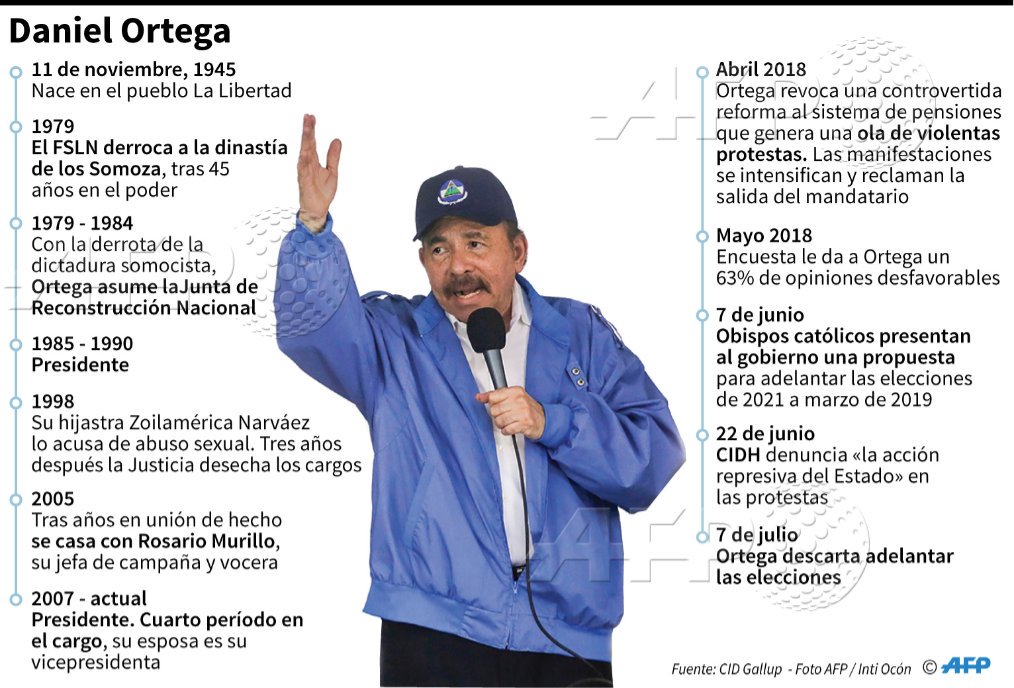
#Nicaragua Ficha del presidente nicaragüense, Daniel Ortega #AFP @AFPgraphics: image via Agence France-Presse @AFP, 17 July 2018
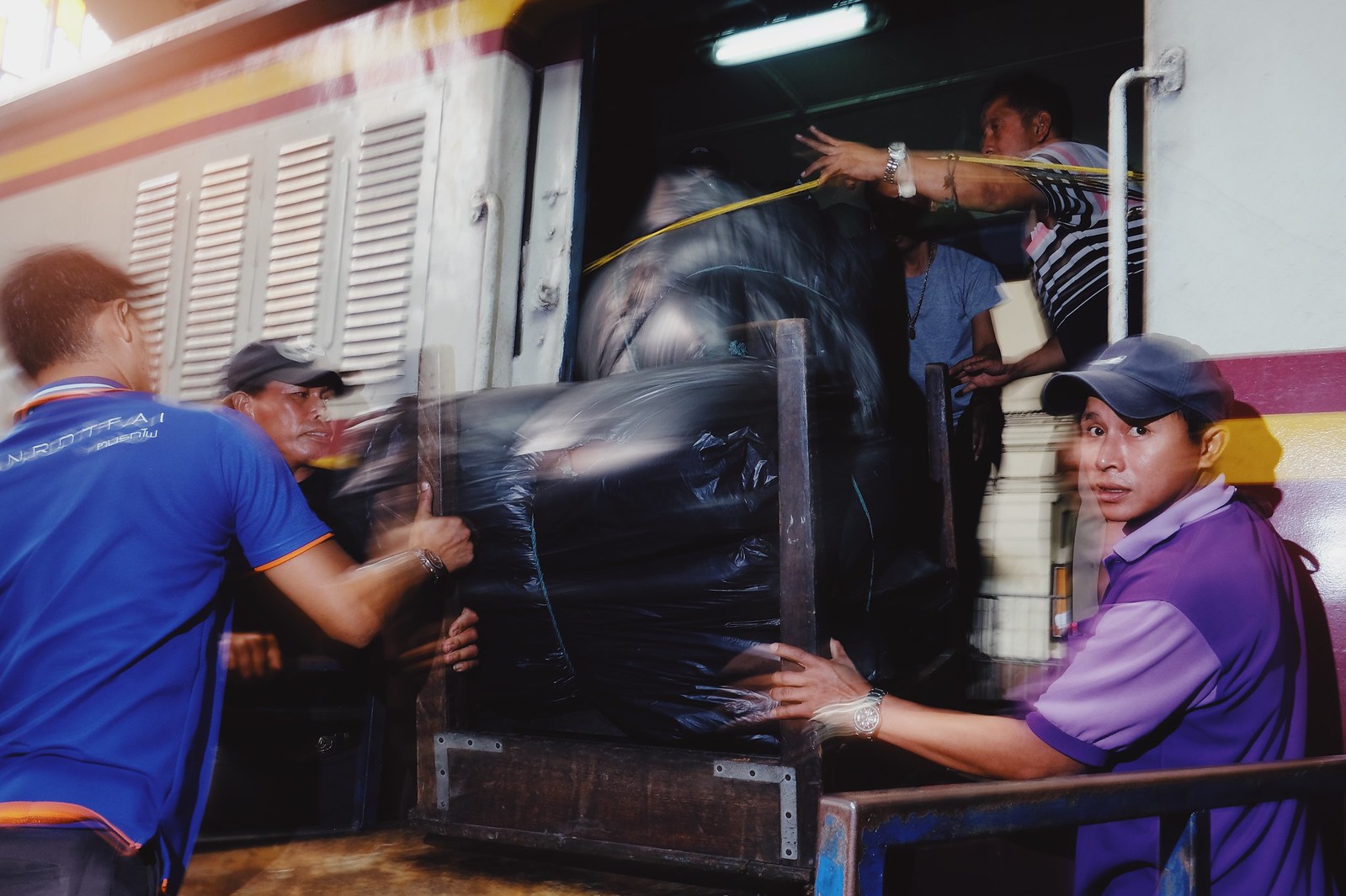
Untitled: photo by Tom Akaradech, 14 July 2018

Untitled: photo by Tom Akaradech, 14 July 2018

Untitled: photo by Tom Akaradech, 14 July 2018
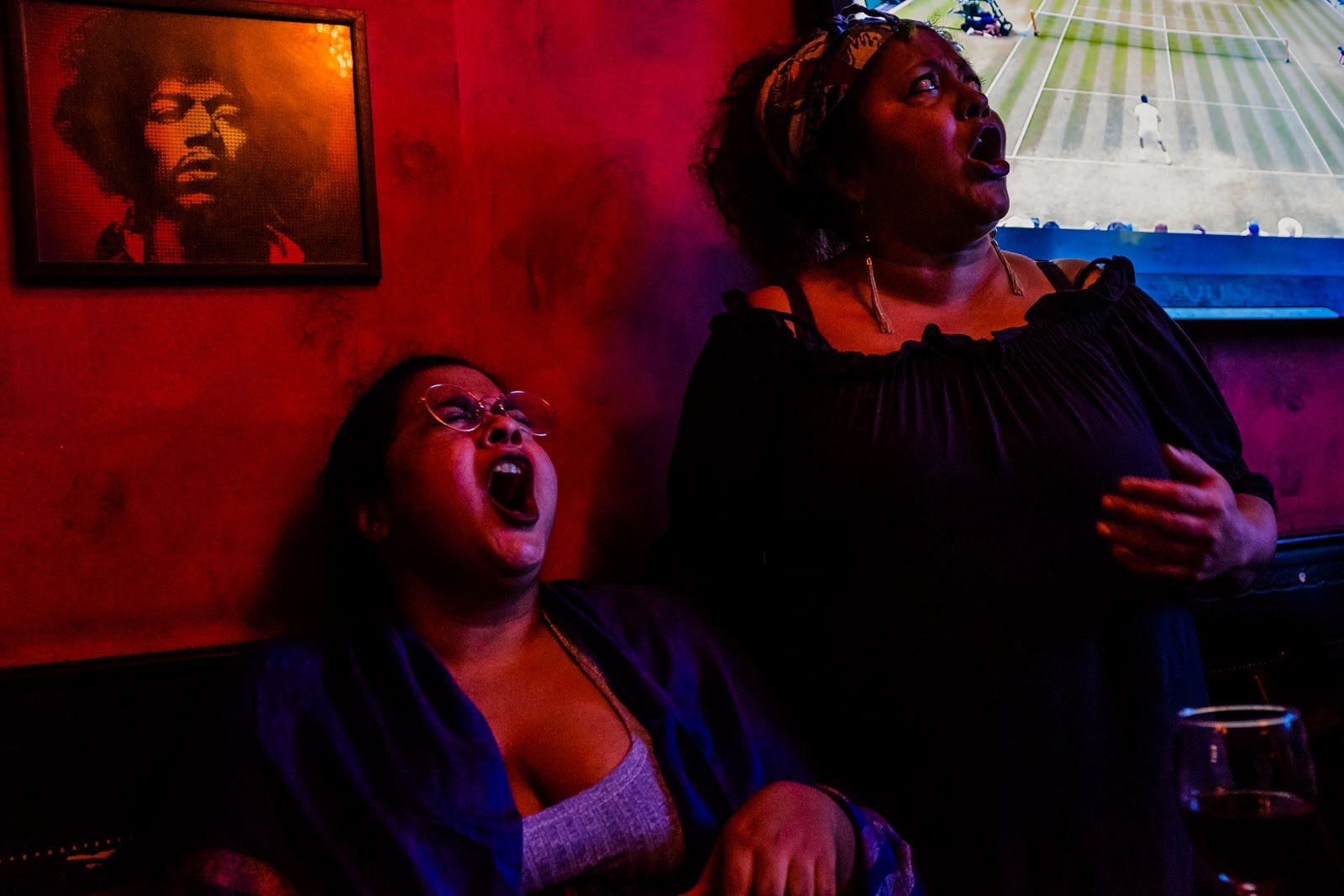













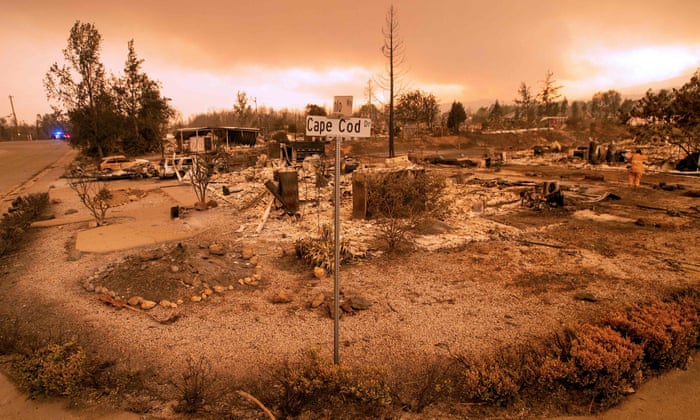





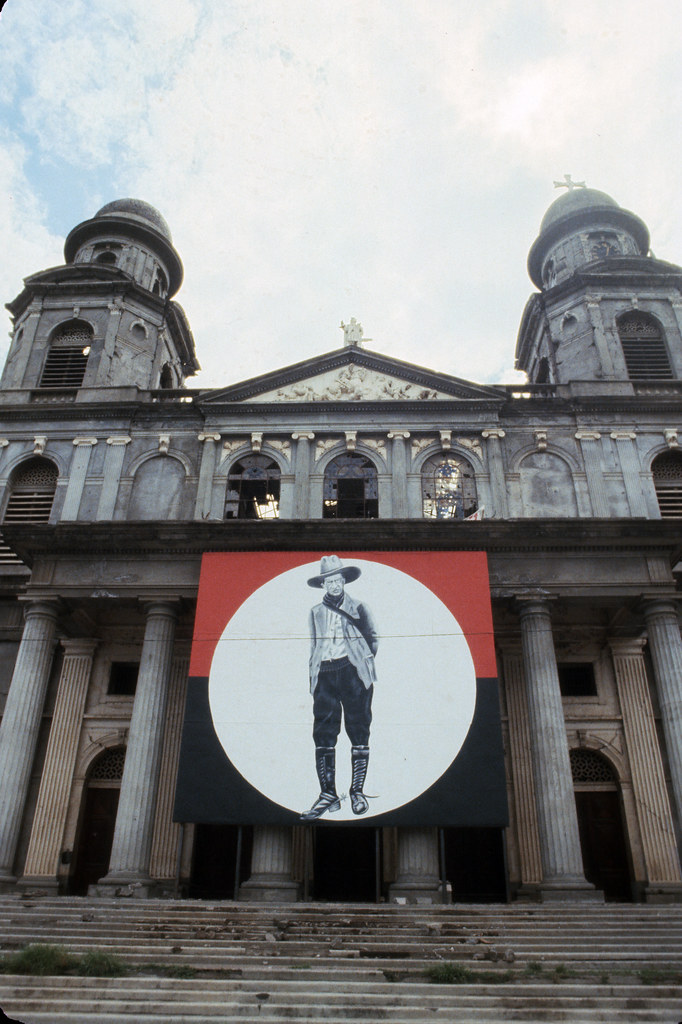



No comments:
Post a Comment